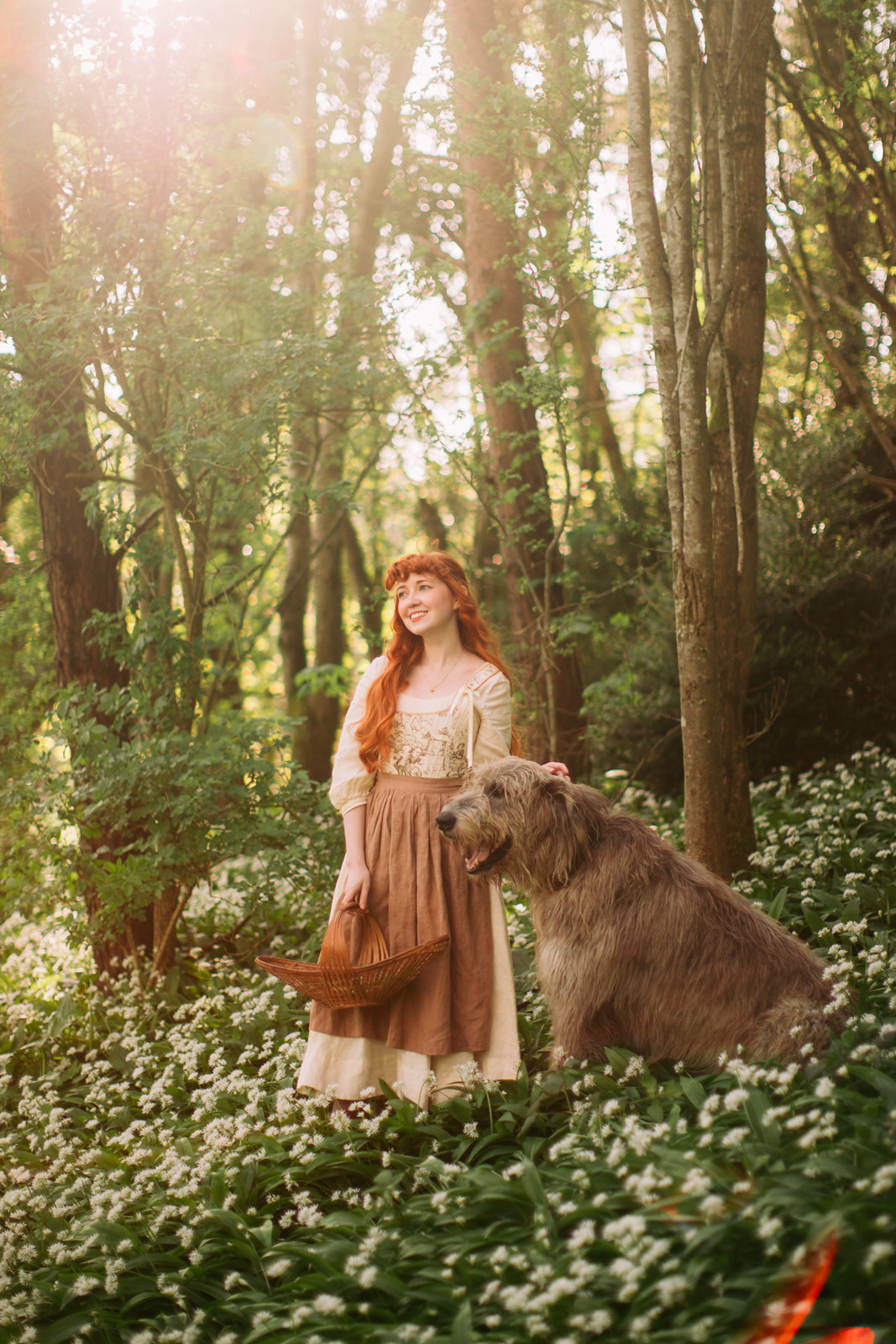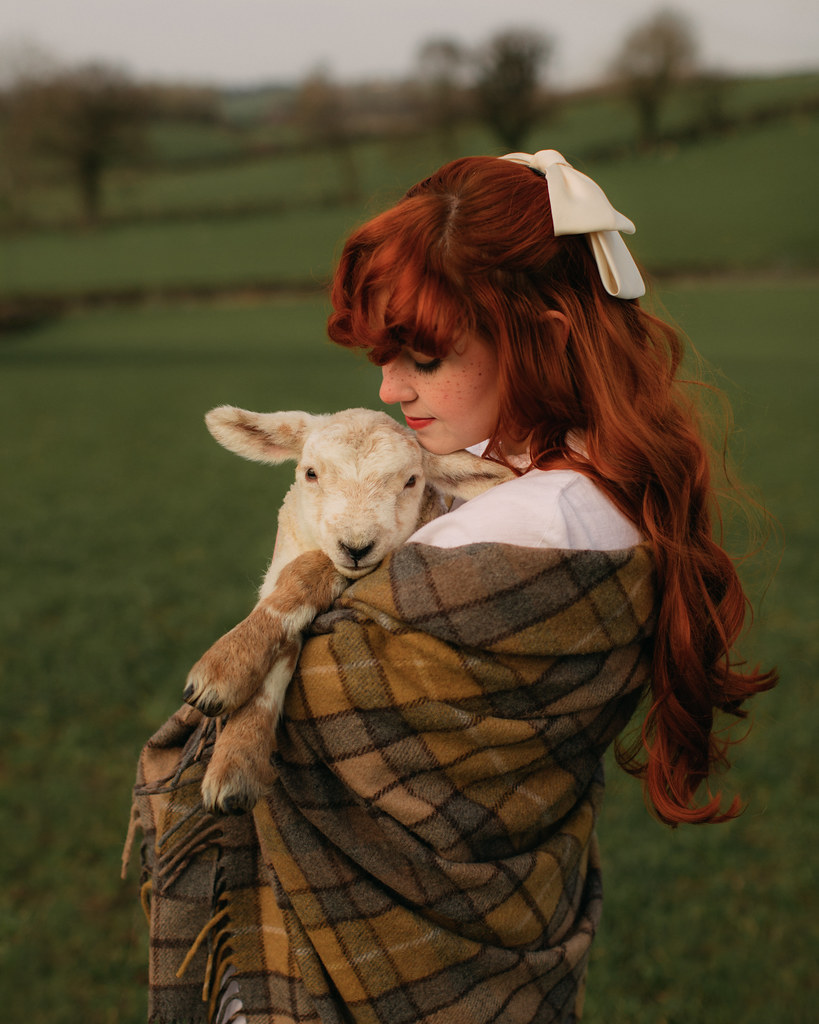*this post was originally shared on my Patreon page, click here to become a patron I often get asked how I identify different plants and flowers so I thought I would put together a few tips to help you on your journey in nature and foraging. I haven’t written this type of post before because I still feel so far from an expert; I feel confident in the plants I know but I still go out and see so many different plants that I can’t even start to identify. But I hope that is an encouragement for you as well because you don’t need to know everything; every new bit of knowledge is interesting and worthwhile and I don’t think we’re ever done being students of the world.
I often get asked how I identify different plants and flowers so I thought I would put together a few tips to help you on your journey in nature and foraging. I haven’t written this type of post before because I still feel so far from an expert; I feel confident in the plants I know but I still go out and see so many different plants that I can’t even start to identify. But I hope that is an encouragement for you as well because you don’t need to know everything; every new bit of knowledge is interesting and worthwhile and I don’t think we’re ever done being students of the world.
 Use an app. There’s numerous apps out now where you can take a picture of the plant you are seeing, upload it, and the app will compare that picture with other images on file and offer suggestions of what the plant might be. I find these a bit hit and miss, but they can be really useful tools and they’ll probably continue to get better. One I use fairly often is GardenAnswers; I find it good for identifying flowers and specifically flowers in gardens that I visit (ones that might not be native and are more cultivated, etc). There’s also apps for foragers and ones specifically for trees; the Woodland Trust has a British tree identification app that helps you identify trees through a series of prompts/questions about what you’re observing (like leaf shape, bark appearance, etc).
Google! Google image search is also a very valid option. We have to remember our searches are only as smart as we are, so the more detail you can give the search the more accurate results you will get. If you can describe parts of the plant (like sepals, or stamen, is the stem hairy or smooth, is it hollow, are there multiple flowers on a single stem or one flower per stem, etc) then you’re going to get more specific and accurate results. If you type in more generic descriptions you’ll get loads of results and have to scroll longer to try confirm. Instead of Google Image search, I look up websites that list regional plants. For example in the autumn when I was collecting mushrooms I looked at WildFoodUK’s list of mushrooms; they had multiple pictures of every variety, detailed descriptions, where you’ll likely find them, what season they grow in, and if they were edible or dangerous. Rather than typing a description of a mushroom into a search, it was easier to scroll through their mushroom list and find similar ones to what I was seeing.
Use an app. There’s numerous apps out now where you can take a picture of the plant you are seeing, upload it, and the app will compare that picture with other images on file and offer suggestions of what the plant might be. I find these a bit hit and miss, but they can be really useful tools and they’ll probably continue to get better. One I use fairly often is GardenAnswers; I find it good for identifying flowers and specifically flowers in gardens that I visit (ones that might not be native and are more cultivated, etc). There’s also apps for foragers and ones specifically for trees; the Woodland Trust has a British tree identification app that helps you identify trees through a series of prompts/questions about what you’re observing (like leaf shape, bark appearance, etc).
Google! Google image search is also a very valid option. We have to remember our searches are only as smart as we are, so the more detail you can give the search the more accurate results you will get. If you can describe parts of the plant (like sepals, or stamen, is the stem hairy or smooth, is it hollow, are there multiple flowers on a single stem or one flower per stem, etc) then you’re going to get more specific and accurate results. If you type in more generic descriptions you’ll get loads of results and have to scroll longer to try confirm. Instead of Google Image search, I look up websites that list regional plants. For example in the autumn when I was collecting mushrooms I looked at WildFoodUK’s list of mushrooms; they had multiple pictures of every variety, detailed descriptions, where you’ll likely find them, what season they grow in, and if they were edible or dangerous. Rather than typing a description of a mushroom into a search, it was easier to scroll through their mushroom list and find similar ones to what I was seeing.
 Follow local foragers on social media. If you’d like to learn more about wild foods, then local foragers who regularly share their finds and how to prepare them are super handy. They help you find things you didn’t know to go looking for! They can remind you of what is in season and give you ideas on how to prepare what you find. I follow a few in the UK because I figure if they can find it, I probably can too, and some in the US which might not always have relevant finds for me but are very entertaining and knowledgable. AlexisNikole is a US based forager; she’s super informative and entertaining (I’ve linked her TikTok but I think she’s on other channels). ForagedbyFern and TheGardenCottage are two UK based foragers I enjoy following.
Follow local foragers on social media. If you’d like to learn more about wild foods, then local foragers who regularly share their finds and how to prepare them are super handy. They help you find things you didn’t know to go looking for! They can remind you of what is in season and give you ideas on how to prepare what you find. I follow a few in the UK because I figure if they can find it, I probably can too, and some in the US which might not always have relevant finds for me but are very entertaining and knowledgable. AlexisNikole is a US based forager; she’s super informative and entertaining (I’ve linked her TikTok but I think she’s on other channels). ForagedbyFern and TheGardenCottage are two UK based foragers I enjoy following.Here's some books you might find helpful as well, but also don't be afraid to look at secondhand shops or vintage books:






CONVERSATION